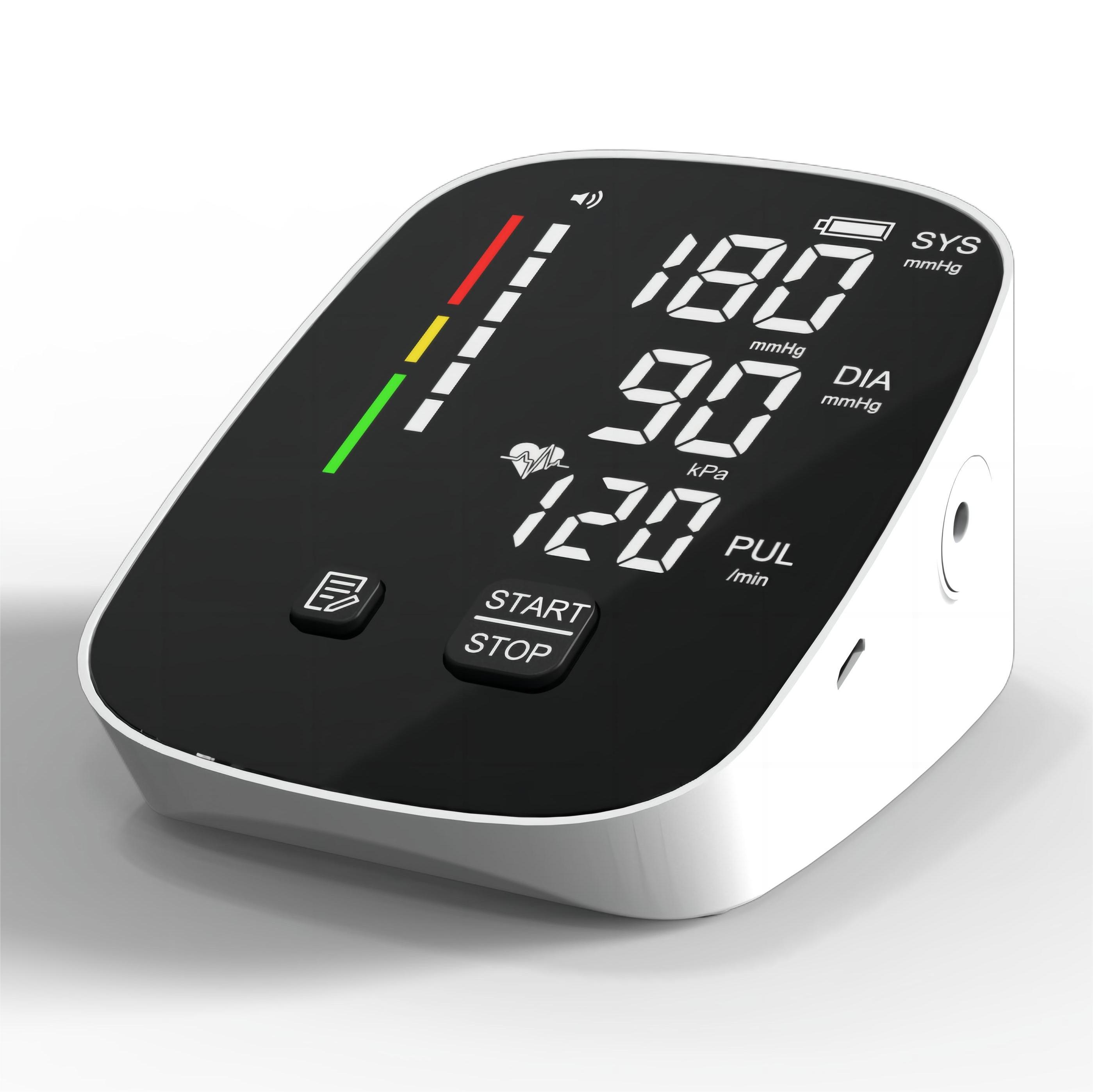Importance of Accurate Blood Pressure Measurement
Accurate blood pressure (BP) measurement is critical for diagnosing and managing hypertension, a leading cause of morbidity and mortality worldwide. Even a small error in BP measurement can lead to significant health implications, including misclassification of hypertensive status and inappropriate treatment decisions. With the increasing prevalence of hypertension globally, manufacturers must ensure that their BP measurement devices are both accurate and reliable.
Validation Protocols for BP Monitors
Manufacturers must adhere to international standards and validation protocols which are designed to assess the accuracy of BP monitors. The Association for the Advancement of Medical Instrumentation (AAMI), the European Society of Hypertension (ESH), and the International Organization for Standardization (ISO) have developed specific protocols, such as the ISO 81060-2:2018, to standardize the validation process. These protocols compare the readings from BP devices to reference standards like mercury manometers over multiple test subjects to ensure consistency and accuracy.
Types of BP Measurement Devices
Manual Devices
Manual BP devices, such as mercury and aneroid sphygmomanometers, have traditionally been used in clinical settings. These devices rely on the auscultation method and require trained personnel to ensure accurate readings. Despite their accuracy, their usage is declining in favor of automated devices due to ease of use and the elimination of observer error.
Automated Devices
Automated BP monitors are now prevalent both in clinical and home settings. Manufacturers of these devices must ensure they pass stringent validation tests to maintain accuracy and reliability. The usage of oscillometric methods in automated devices offers a user-friendly experience and reduces observer bias, making calibration and testing even more crucial.
Common Causes of Inaccuracy
Inaccuracies in BP measurement can result from various factors. Patient behaviors, such as consuming caffeine or nicotine, or having a full bladder, can skew readings. Additionally, device-related errors, such as cuff size mismatch or device calibration issues, are significant concerns for manufacturers. Wholesale manufacturers must carefully consider these factors during the production process to mitigate potential inaccuracies.
Independent Validation Testing
It is crucial for BP monitors to undergo rigorous, independent validation testing. Manufacturers often engage third-party laboratories to perform these tests, ensuring objectivity and compliance with international standards. The process involves extensive comparison with standard reference devices and testing across a diverse range of subjects to confirm the monitor's accuracy across different populations.
Challenges in Device Validation
One of the significant challenges for manufacturers is ensuring that BP devices meet all required validation criteria while remaining cost-effective for wholesale production. Shipping validated devices can be a logistical challenge for factories, especially when compliance with various international standards is required. Additionally, maintaining the accuracy of devices over time requires robust quality control measures throughout the production cycle.
Validation for Special Populations
Manufacturers must consider special populations, such as children or patients with unique physiological characteristics, during validation testing. Specific protocols exist for these groups, which may involve additional testing and adjustments in device design. Proper validation ensures the device's utility across all demographic groups, providing comprehensive care options.
Consumer Guidance for BP Device Purchase
Consumers often lack the knowledge to distinguish between validated and non-validated BP monitors. Manufacturers, therefore, have a responsibility to clearly communicate the validation status of their products. Providing transparent documentation and accessible information can help consumers make informed choices, ensuring they purchase reliable devices for home or clinical use.
Role of Policy Makers and Healthcare Providers
Policy makers and healthcare providers play a significant role in ensuring that BP monitors used in medical settings meet validation standards. They can influence wholesale purchasing decisions, recommend validated devices for clinical practice, and advocate for stronger regulatory frameworks to protect consumers from inaccurate devices.
Future Directions in BP Measurement
The evolution of healthcare technology continues to influence BP measurement. Manufacturers are exploring new methods to enhance accuracy and user convenience, such as integrating wireless technology and advanced data analytics. Factories focusing on innovation will lead the way in producing next-generation devices that offer improved precision and ease of use.
Solutions
To address these challenges, manufacturers should implement comprehensive quality control systems, engage in continuous research and development, and adhere to international validation protocols. By collaborating with independent testing laboratories and seeking feedback from healthcare professionals, manufacturers can enhance device accuracy and reliability. Policy makers and healthcare providers can support these efforts by advocating for the use of validated devices and educating consumers about their importance.
User hot search: Bp Measuring Machine
